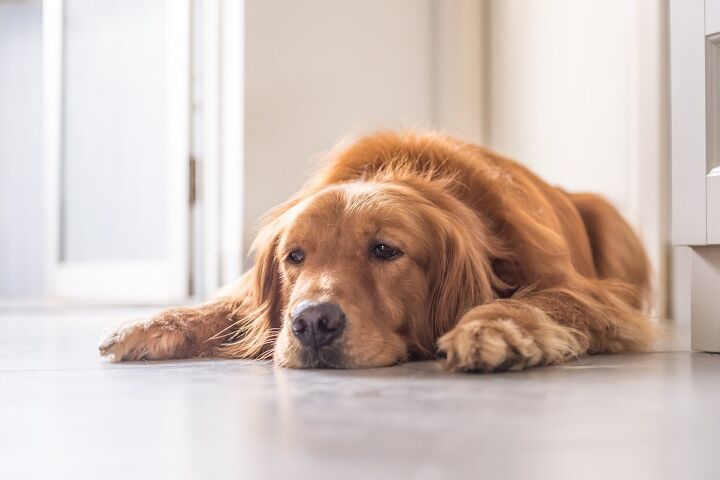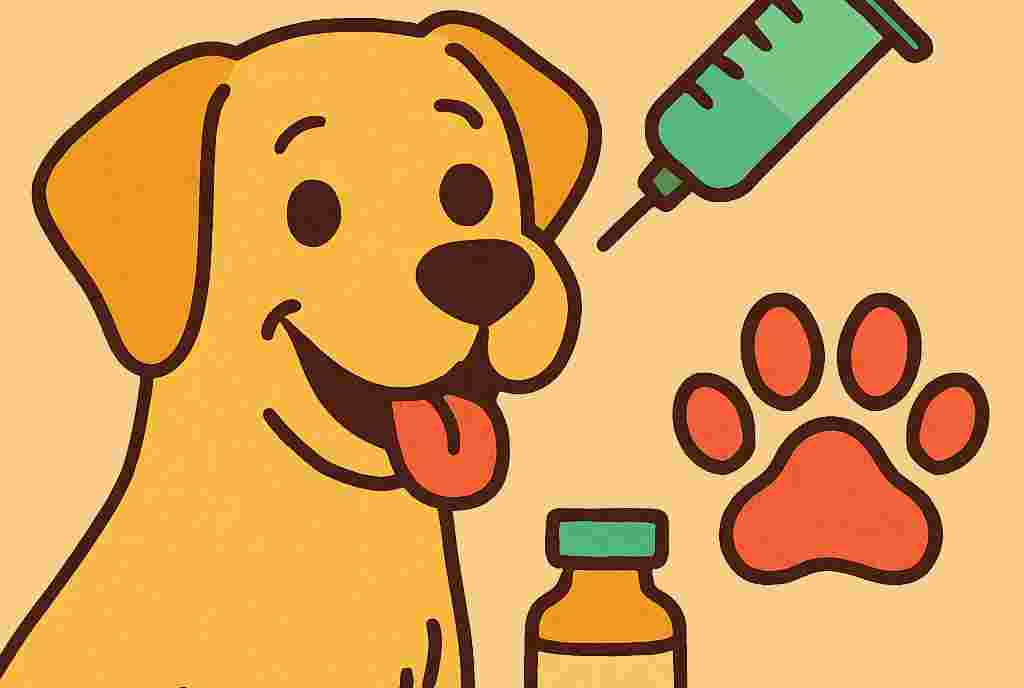Is Your Dog Secretly Stressed? 7 Warning Signs Vets Wish You Knew
Have you ever caught your dog staring out the window for hours or obsessively licking their paws?
I’ll never forget the time I came home to find Max, my usually playful golden retriever, quietly curled up in the corner. His favorite toy untouched, his eyes distant. At first, I thought it was just one of those lazy days—but then I noticed the constant paw licking and the slight trembling when loud noises echoed through the house.
What I dismissed as boredom was, in fact, hidden stress. And by the time I realized it, poor Max had developed raw, irritated skin on his paws. That day, I promised myself to learn every hidden sign of stress before it could ever hurt him again.
If you’re wondering whether your dog might be silently struggling, read on. These are the 7 warning signs vets wish every dog owner knew.
1. Obsessive Paw Licking – A Hidden Cry for Help
It started with Max quietly licking his paws during movie nights. Cute at first, right? But weeks later, his paws were raw and red.
Constant paw licking is more than a grooming habit—it’s often a dog’s way of self-soothing under stress. Think of it like nail-biting for humans.
Why it happens: Dogs release endorphins when they lick, providing temporary relief from anxiety.
What to do:
- Introduce calming toys like KONGs filled with frozen peanut butter.
- Create a quiet, safe space where your dog can retreat.
- If it persists, consult your vet to rule out allergies or medical conditions.
2. Sudden Aggression or Withdrawal – When Affection Turns to Avoidance
Bella, my neighbor’s sweet beagle, used to greet everyone with a wagging tail. One day, she started snapping at visitors and hiding under the bed.
Why it happens: Stress can cause behavioral shifts—your loving pup might feel overwhelmed and lash out or withdraw to cope.
What to do:
- Avoid forcing interactions.
- Try calming pheromone diffusers like Adaptil.
- Reinforce positive behavior with treats and gentle praise.
3. Excessive Panting Indoors – Stress, Not Just Heat
Does your dog pant heavily even in a cool room? That’s not normal relaxation.
When Max began panting after a simple walk indoors, I knew something was off.
Why it happens: Panting is a physiological response to anxiety. It’s their way of trying to regulate internal stress.
What to do:
- Offer fresh water and ensure the environment feels safe.
- Play soft classical music—it’s proven to reduce canine anxiety.
- Try a calming pressure vest like the ThunderShirt.
4. Unusual Destructive Behavior – Chewing Isn’t Always Fun
Remember that time you found your favorite shoes in shreds? I’ve been there. Max destroyed an entire couch cushion when fireworks went off one night.
Why it happens: Stress triggers destructive behaviors as dogs attempt to relieve nervous energy.
What to do:
- Increase daily physical and mental stimulation.
- Hide treats around the house to turn destruction into a scavenger game.
- Avoid punishment—it often worsens anxiety.
5. Changes in Eating Habits – Skipped Meals Speak Volumes
One week, Max barely touched his food. And when he did, he’d eat mechanically, without his usual joy.
Why it happens: Just like humans, stressed dogs lose their appetite or overeat to cope with emotional discomfort.
What to do:
- Stick to a regular feeding schedule for predictability.
- Add a splash of warm bone broth to meals to make food more enticing.
- Consult a vet if the behavior persists.
6. Restlessness and Pacing – When They Just Can’t Settle
Does your dog pace back and forth like they’re searching for something they can’t find?
Max would circle the living room endlessly before bedtime, only settling down after I lay beside him for a while.
Why it happens: Pacing is often a sign of inner turmoil or an inability to relax.
What to do:
- Try calming chews containing chamomile or CBD (with vet approval).
- Establish a relaxing nighttime routine with soft lighting and calming scents like lavender.
7. Increased Shedding – More Than Just Seasonal
If you’ve noticed an explosion of fur around the house despite regular grooming, stress could be the hidden culprit.
Why it happens: Anxiety triggers the release of adrenaline, which in turn increases shedding.
What to do:
- Regular brushing helps reduce stress through physical contact.
- Consider gentle massages; touch therapy can work wonders for nervous dogs.
🐾 Conclusion: Catch the Signs Before It’s Too Late
Now that you know these hidden signs, you’re better equipped to help your furry friend find calm and happiness again. Remember, every small change you make brings them one step closer to peace.
Because a calm dog is a healthy dog—and a happy dog makes for a happier home.
Understanding your dog’s stress is also crucial for recognizing their emotional needs. Learn more about what emotions dogs can actually feel and why dogs stare at you (which can reveal anxiety or trust levels). If stress becomes unbearable grief, our guide to coping with dog loss offers compassionate support.
📋 FAQ: Your Questions Answered
How do I know if my dog is stressed or just bored?
Boredom usually leads to playful mischief, while stress often causes repetitive, compulsive behaviors like obsessive licking, constant pacing, or aggression. Pay attention to the context and frequency of these behaviors.
What are quick ways to calm a stressed dog?
- Offer a quiet, safe space.
- Use calming products like pheromone diffusers or anxiety wraps.
- Provide mental stimulation with puzzle toys.
- Gentle touch and soothing words can make a world of difference.




